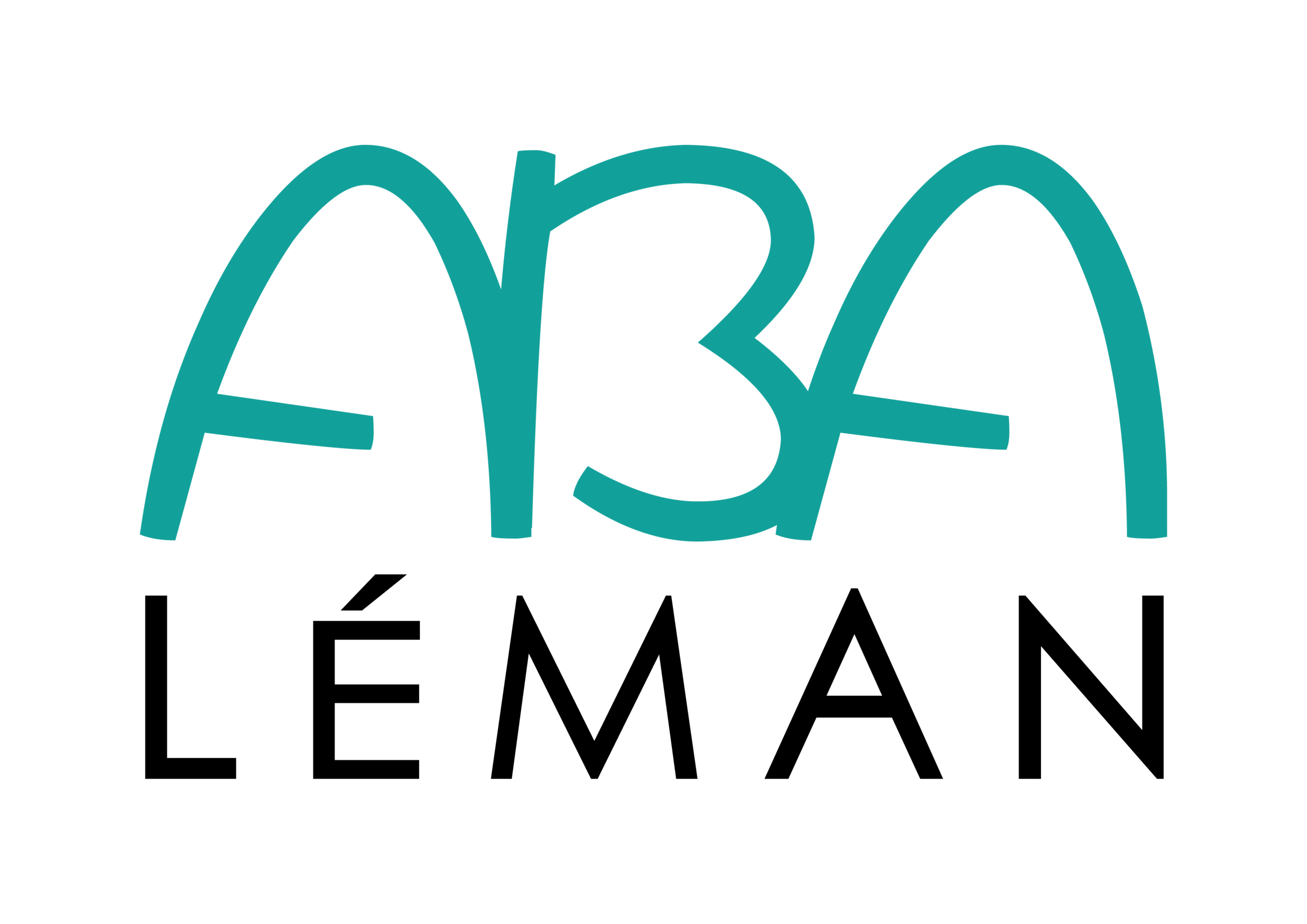The Three Levels of ASD
Autism Spectrum Disorder (ASD) is a neurodevelopmental condition that alters behavior, communication, interests, and social interaction. It's called a spectrum disorder because people can have a variety of symptoms, which vary considerably in their severity. The American Psychiatric Association published, in 2013 the Diagnostic and Statistical Manual of Mental Disorders (DSM-5) and presented three levels of autism. It helps to better understand and name the severity of person’s ASD.
Level 1: Needing Support
Individuals can usually communicate verbally and handle most of everyday life activities independently. They might struggle with flexibility and organization, having difficulty initiating social interactions or responding appropriately to them. They may seem socially awkward, often not understanding norms or the nuances of social interactions. They need a help to manage anxiety or depression and to improve social, verbal and nonverbal communication skills.
Level 2: Needing Substantial Support
Persons at this level present more severe symptoms and need more support. Speech is often limited, and they struggle to change focus or behavior. Often engage in repetitive behaviors and have a lot of difficulty coping with change. Social interactions are challenging, and they interact in narrow, specific ways. They need support in various aspects of everyday life (involving school or work) to manage their behaviors and communication skills.
Level 3: Needing Very Substantial Support
Individuals with severe symptoms of autism. They have very limited verbal skills or do not speak at all. Can’t function independently, and they often have extreme difficulty with change or new situations. They show repetitive or restrictive behaviors that are difficult to redirect. Need significant support in all areas of life, constant supervision, and assistance with daily activities.
The three levels are not strict categories but a tool to understand a person’s needs. With appropriate intervention and support an individual's level can change over time. Early diagnosis and intervention make an important difference in the lives of people with autism.
The perspectives for individuals with ASD vary and depends on many factors, such as level of autism, unique abilities and challenges, and the quality of support they receive. Many persons with autism live fulfilling and productive lives.
For persons at Level 1, appropriate interventions and support can meaningfully improve social interactions and ability to function independently. With good support, they can excel in their careers and maintain successful relationships.
Persons at Level 2, thanks to an extensive support, can make great progress in managing their behaviors and improving social communication skills. This support includes specialized education to alter the learning and strategies to handle their challanges in flexibility and social interaction.
At the Level 3, the difficulties are important, so good therapy and support (speech, occupational therapy, and ABA intervention) can considerably improve their quality of life. The person’s need lifetime care but enjoys more independence in their daily routines through targeted interventions.
Every individual with autism is unique and has own strengths. An early diagnosis, appropriate interventions, and ongoing support helps to live meaningful live while achieving its full potential.
ABA for 3 levels of ASD
For persons at Level 1 ABA intervention helps to improve social interactions and ease anxiety or depression. It also teaches them to initiate and respond effectively to social interactions and understand social norms.
As persons at the Level 2 require substantial support, ABA intervention emphasis on reducing repetitive behaviors, boosting communication skills, and expanding social cues. The intervention helps handling behaviors in different contexts, such as school or work.
People at Level 3, require very substantial support, that’s why ABA therapy plays a critical role in teaching basic skills such as requesting, listening, and imitating, and complex skills like reading or having conversation.
ABA intervention increases an individual's functional behaviors, no matter where they fall on the autism spectrum. The intensity and goals of the intervention should be adjusted to meet the needs of each person.
Every individual with autism is unique, with his own forces, skills, and challenges. These levels provide only a framework, and they don't define a person.



